Description
Latin Name: Ulmus americana
Other Common Names: American elm, white elm, water elm, soft elm
Hardiness Zones: 2-9
Mature Size: The American Elm typically grows to a height of 60-80 ft (18-24 m), occasionally reaching up to 130 ft (39 m). Its crown is broadly vase-shaped (Missouri Botanical Garden). This species exhibits a relatively fast growth rate.
Preferred Soil and Climate: Thriving in moist, well-drained, organically rich soils, American Elm also tolerates average soils, wet and dry conditions, and urban environments. Native to central North America, this hardy tree can endure extreme cold down to −44°F and can live for several hundred years. It is known for its ease of transplanting (Missouri Botanical Garden).
Additional Notes: In early spring, American Elm produces inconspicuous green flowers in clusters of 3 to 5, each about ½ in (1 cm) long (Virginia Tech). These flowers develop into single seeds encased in flat papery wings. By late spring, the dark green leaves, approximately 6 in (15 cm) long and elliptical with toothed edges, reach full size. Fall foliage turns an average yellow (Missouri Botanical Garden). Bark is dark gray-brown with reddish patches, rough, and ridged; when young, it can be spongy (Virginia Tech). Once widely planted for its rapid growth and graceful, broad, vase-shaped form, American Elm was favored as a shade tree.
Common Issues: American Elm is susceptible to Dutch Elm disease, a fungal infection spread by bark beetles, causing wilting and eventual death. Other diseases include Phloem necrosis caused by phytoplasma, resulting in bark and leaf loss, wilting, and death. It is also prone to wetwood, various rots, leaf spots, canker, and attacks by caterpillars, leaf miners, scale insects, borers, beetles, and mealybugs (Missouri Botanical Garden).
Wildlife Interaction: Birds and small animals consume the seeds, while deer and rabbits browse on the twigs.
Cold Stream Farm supplies American Elm trees which are grown as bare root seedlings and sold both wholesale and retail with no minimum order.
Sources:
- Missouri Botanical Garden: American Elm
- Virginia Tech: Ulmus americana

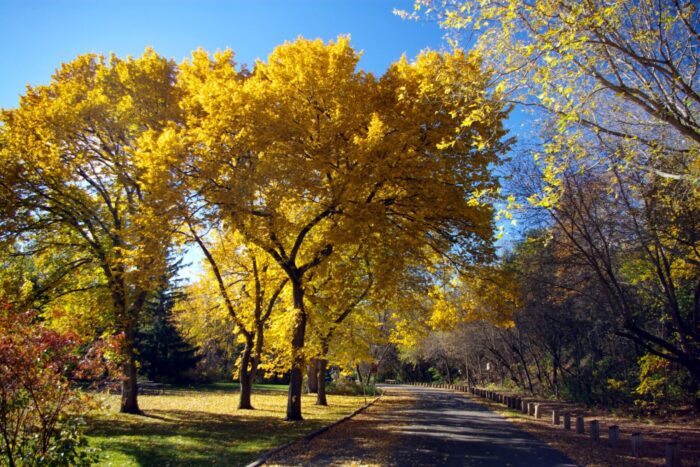
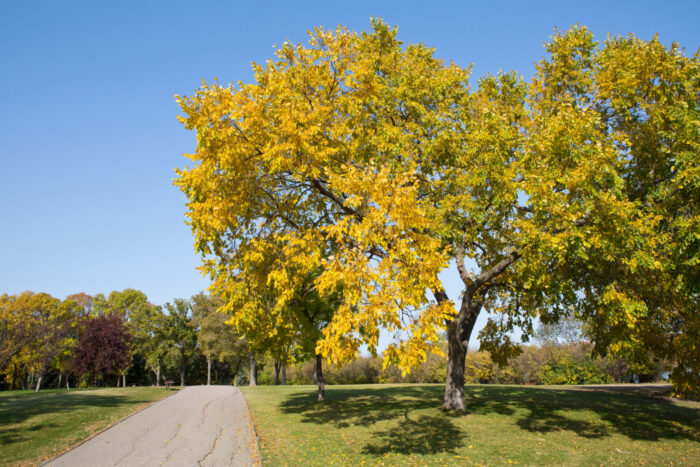
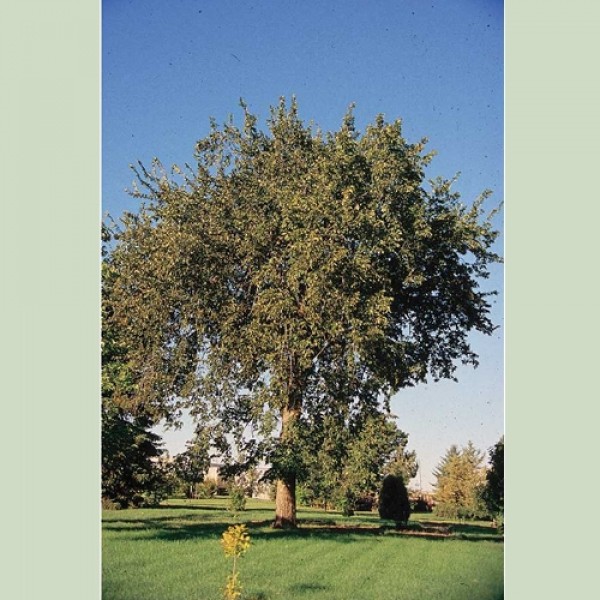
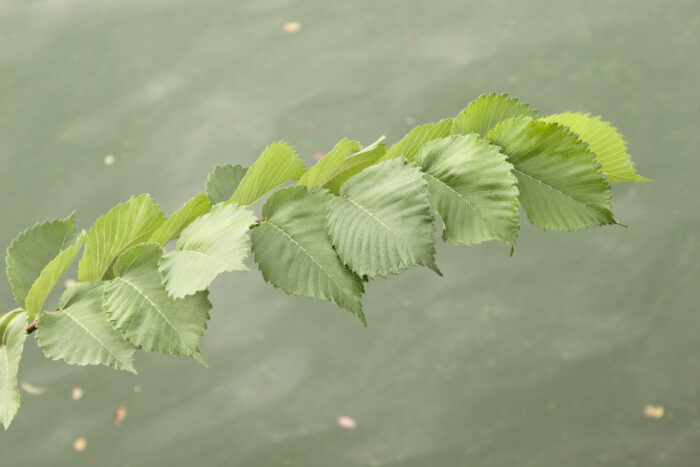
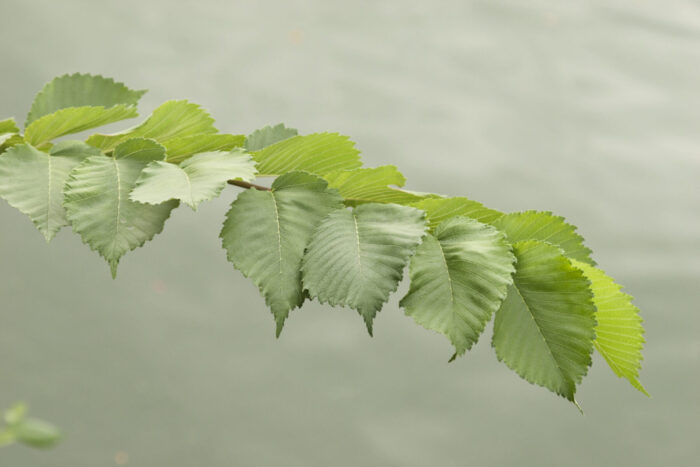
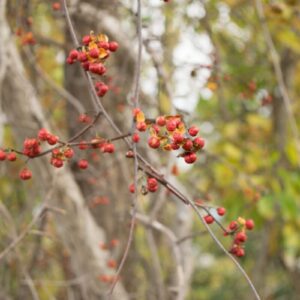
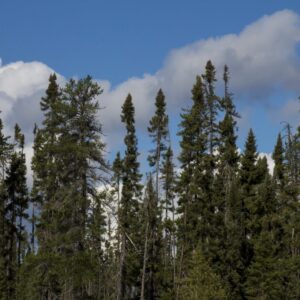
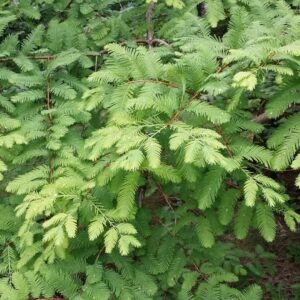
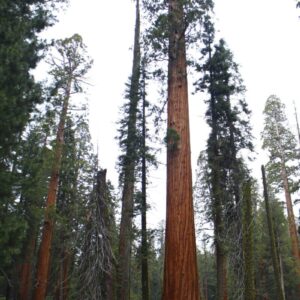

Reviews
There are no reviews yet.